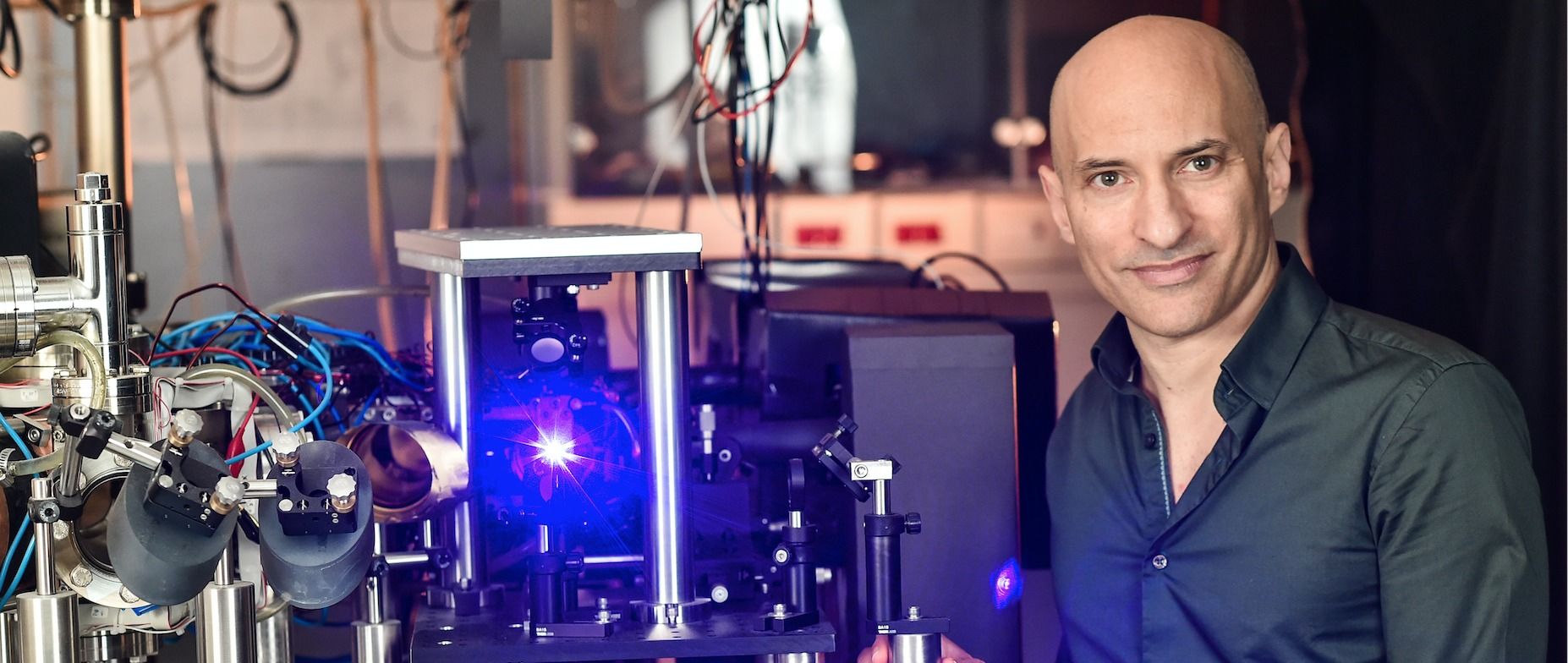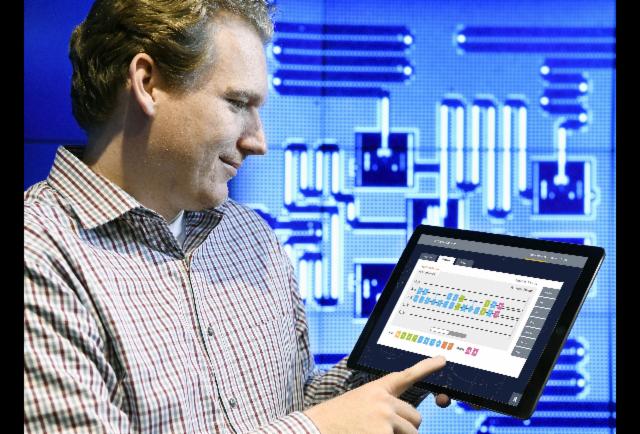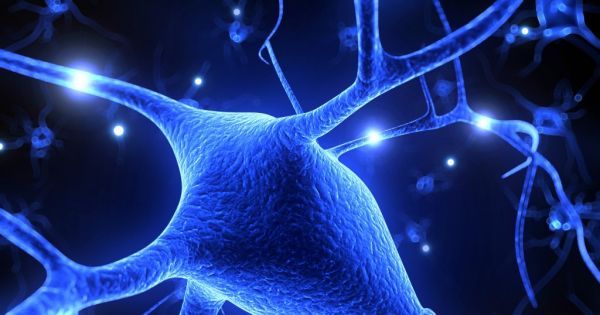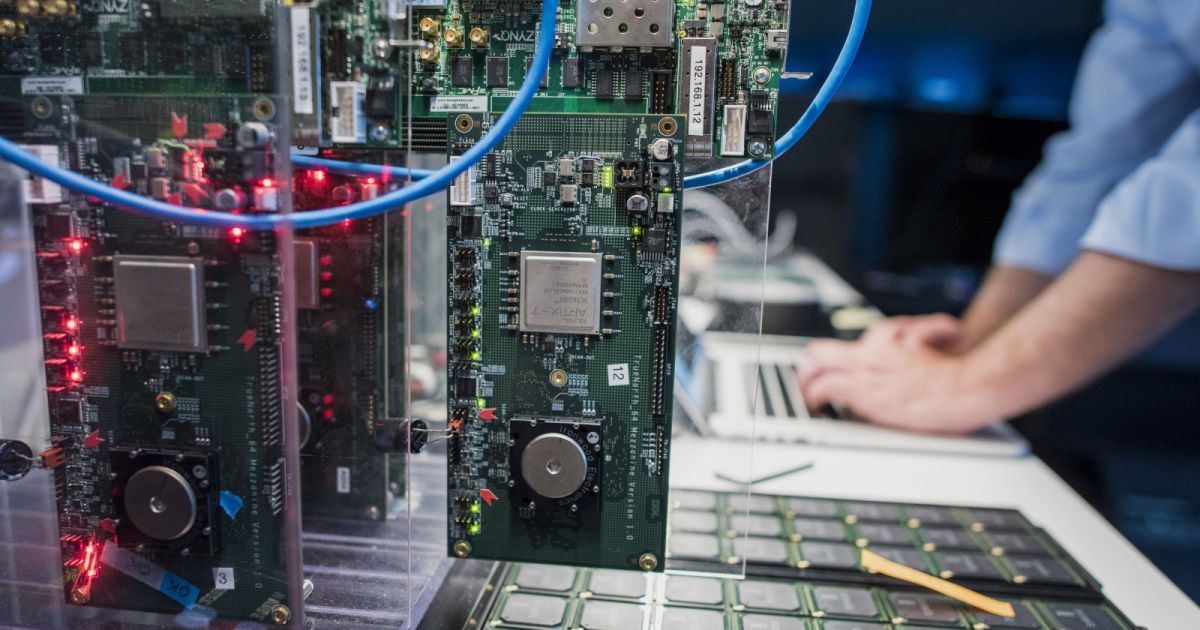Aug 15, 2016
Google is developing an OS called “Fuchsia,” runs on All the Things
Posted by Shailesh Prasad in categories: computing, mobile phones, transportation
Every single operating system developed by Google to date has one thing in common: they’re based on the Linux kernel. Chrome OS, Android, Chromecasts, you name it. Linux has powered Google hardware for years.
However, the Linux kernel is not ideal for every situation. Especially in the case of embedded devices like car dashboards or GPS units, full-blown desktop kernels like Linux impact performance and cause other issues. There’s a massive ecosystem of operating systems designed for embedded hardware, and Google may be working on their own.
Enter “Fuchsia.” Google’s own description for it on the project’s GitHub page is simply, “Pink + Purple == Fuchsia (a new Operating System)”. Not very revealing, is it? When you begin to dig deeper into Fuchsia’s documentation, everything starts to make a little more sense.
Continue reading “Google is developing an OS called ‘Fuchsia,’ runs on All the Things” »


















